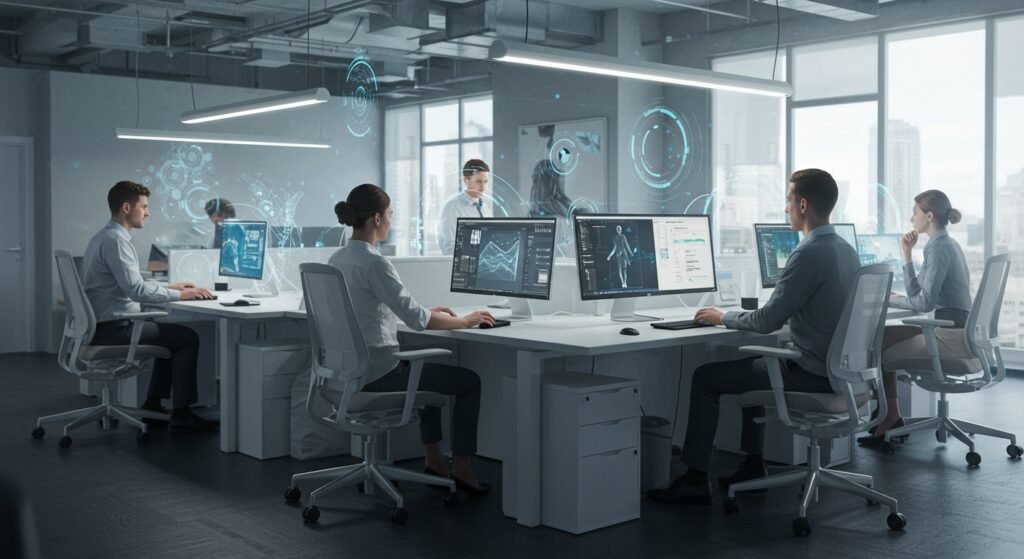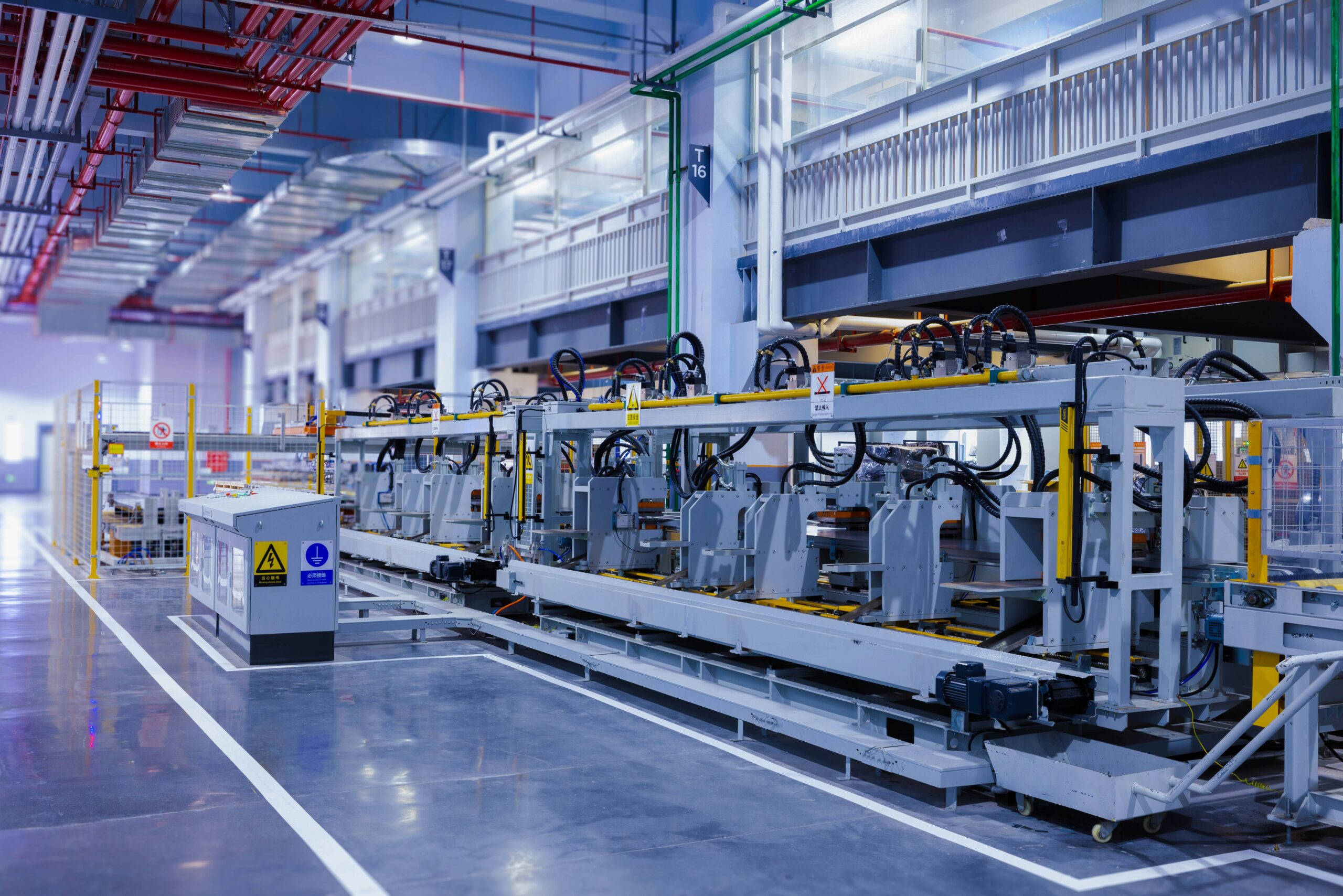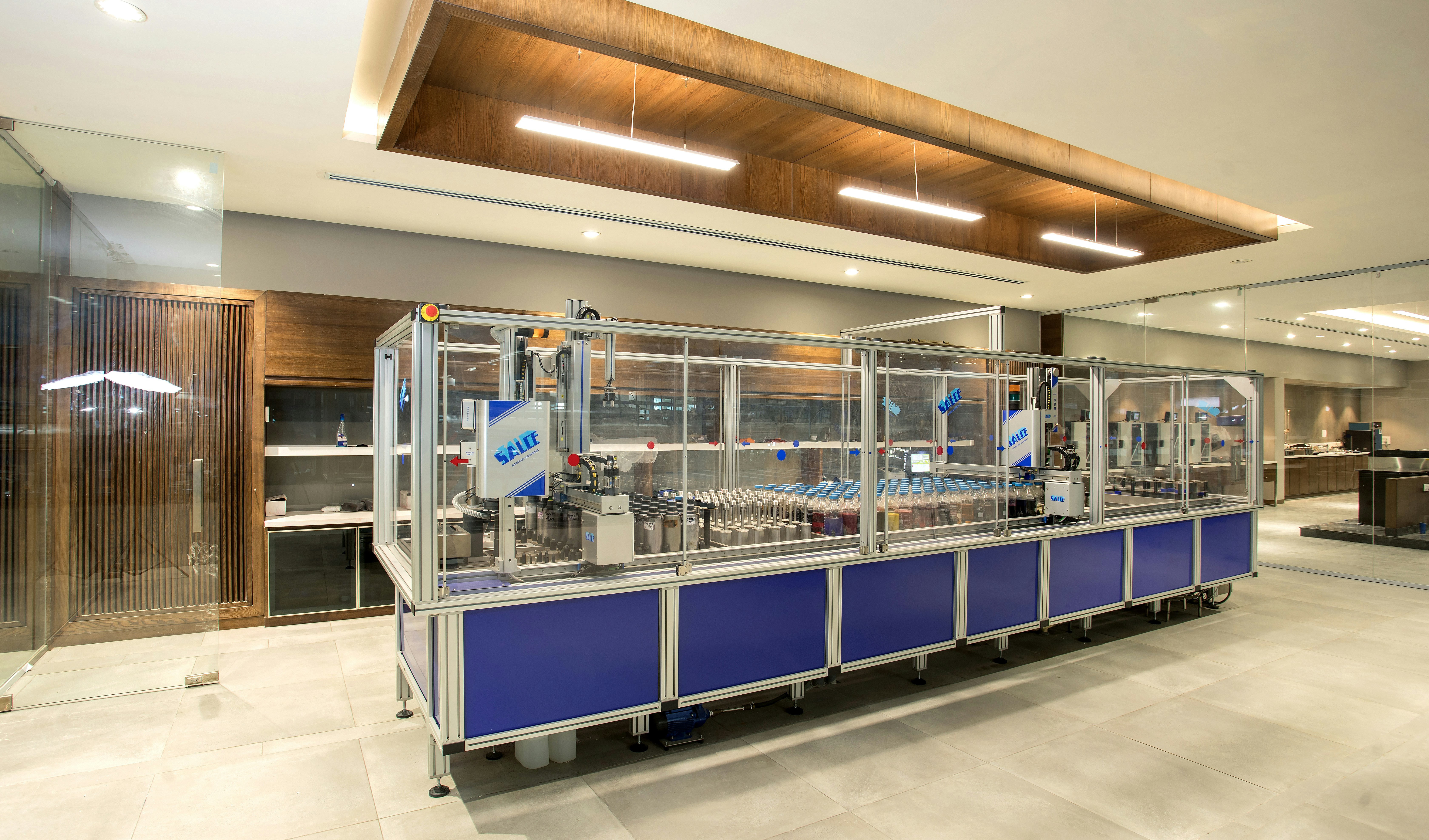Introduction: Navigating the New Frontiers in Ergonomics
The field of ergonomics, traditionally focused on optimizing human well-being and overall system performance, is undergoing a profound transformation. As technology advances and workplaces evolve, we are seeing exciting New Frontiers in Ergonomics emerge, pushing the boundaries of how we interact with our environment. This article will delve into these cutting-edge developments, from smart materials to AI-driven insights, exploring how they are reshaping our understanding of comfort, efficiency, and safety in both professional and daily life.
- Advanced Materials and Smart Design
- AI and Robotics in Ergonomics
- Wearable Technology and Biometric Feedback
- Cognitive Ergonomics: Beyond the Physical
- Impact of New Frontiers in Ergonomics on Industrial Engineering
- The Future Outlook
Advanced Materials and Smart Design
One of the most exciting advancements lies in the integration of smart materials and adaptive designs. These innovations are moving beyond static, one-size-fits-all solutions to dynamic, personalized ergonomic experiences. We’re seeing self-adjusting chairs that respond to a user’s posture, desks that automatically adjust height based on biometric data, and tools made from lightweight, sustainable composites that reduce strain without compromising strength.
Adaptive Furniture Systems
Adaptive furniture systems leverage sensors and embedded intelligence to monitor user activity and make real-time adjustments. Imagine a chair that not only supports your back but also gently encourages micro-movements throughout the day to prevent stiffness, or a standing desk that learns your preferred work patterns and cues you to switch positions at optimal times. These systems represent a significant leap from traditional ergonomic principles, offering proactive rather than reactive support.
AI and Robotics in Ergonomics
Artificial Intelligence (AI) and robotics are playing an increasingly critical role in the new frontiers of ergonomics. AI algorithms can analyze vast datasets on human movement, posture, and task performance, providing predictive insights into potential ergonomic risks. This allows for proactive intervention and the design of workspaces and tools that are inherently safer and more efficient. Robotics, on the other hand, can automate repetitive or physically demanding tasks, significantly reducing the physical load on human workers. For a deeper dive into AI’s role in the workplace, see our article on AI in Workplace Efficiency.
Predictive Ergonomics through AI
Predictive ergonomics utilizes AI to forecast ergonomic issues before they lead to injuries. By integrating data from wearable sensors, environmental monitors, and historical incident reports, AI can identify patterns and recommend adjustments to tasks, equipment, or work schedules. This paradigm shift from reactive injury management to proactive risk mitigation is a cornerstone of modern ergonomic practice.
Wearable Technology and Biometric Feedback
Wearable technology is bridging the gap between personal health monitoring and professional ergonomic assessment. Devices like smartwatches, posture trackers, and even smart clothing can provide real-time feedback on an individual’s movements, posture, and physiological responses (e.g., heart rate, stress levels). This data empowers users to make immediate corrections and helps ergonomists understand the true demands of various tasks in real-world settings.
Real-time Biometric Monitoring
The ability to monitor biometric data in real-time opens up new avenues for personalized ergonomic interventions. For example, a worker performing a physically demanding task might receive an alert if their posture indicates increased risk, or if their heart rate suggests they are nearing fatigue. This personalized, immediate feedback is invaluable for preventing musculoskeletal disorders and improving overall worker well-being.
Cognitive Ergonomics: Beyond the Physical
While physical ergonomics remains vital, the new frontiers also extend significantly into cognitive ergonomics. As jobs become more knowledge-based and digitally intensive, managing mental load, information processing, and decision-making stress is paramount. Innovations here include user interface (UI) design optimized for cognitive flow, virtual reality (VR) simulations for training, and intelligent systems that reduce cognitive overload by streamlining information. Understanding the latest research in this domain is crucial; you can find excellent resources on The Human Factors and Ergonomics Society website.
Impact of New Frontiers in Ergonomics on Industrial Engineering
The embrace of New Frontiers in Ergonomics is fundamentally transforming industrial engineering practices. Traditional approaches, which often focused on process optimization for machines, are now increasingly human-centric, integrating advanced ergonomic principles directly into system design. This leads to more sustainable, productive, and safer industrial environments.
| Advancement | Benefit to Industrial Engineering | Example |
|---|---|---|
| Adaptive Tools | Reduced worker fatigue, increased precision | Smart power tools that adjust torque based on user grip |
| AI-driven Workstation Design | Optimized layouts, predictive risk assessment | Algorithms suggesting ideal assembly line configurations |
| Wearable Sensors | Real-time safety monitoring, performance insights | Exoskeletons providing lift assistance and posture feedback |
| Cognitive Load Management | Improved decision-making, reduced errors | HMI interfaces designed for minimal cognitive strain |
The Future Outlook
The future of ergonomics is dynamic and integrated. We can anticipate further convergence of physical, cognitive, and organizational ergonomics, supported by pervasive sensing, AI, and smart environments. Personalized ergonomic profiles, adaptive work systems, and a greater emphasis on holistic well-being will define the next generation of workplaces. These advancements promise not only to enhance productivity but, more importantly, to foster healthier, more engaging, and more sustainable human-work interactions.
Conclusion
The exploration of New Frontiers in Ergonomics is an ongoing journey that promises to profoundly impact how we live and work. By embracing advanced materials, artificial intelligence, wearable technology, and a deeper understanding of cognitive processes, we are creating environments that are not just more efficient, but also inherently more human-friendly. These innovations are crucial for shaping a future where technology serves to augment our capabilities and enhance our well-being, rather than diminish it.


